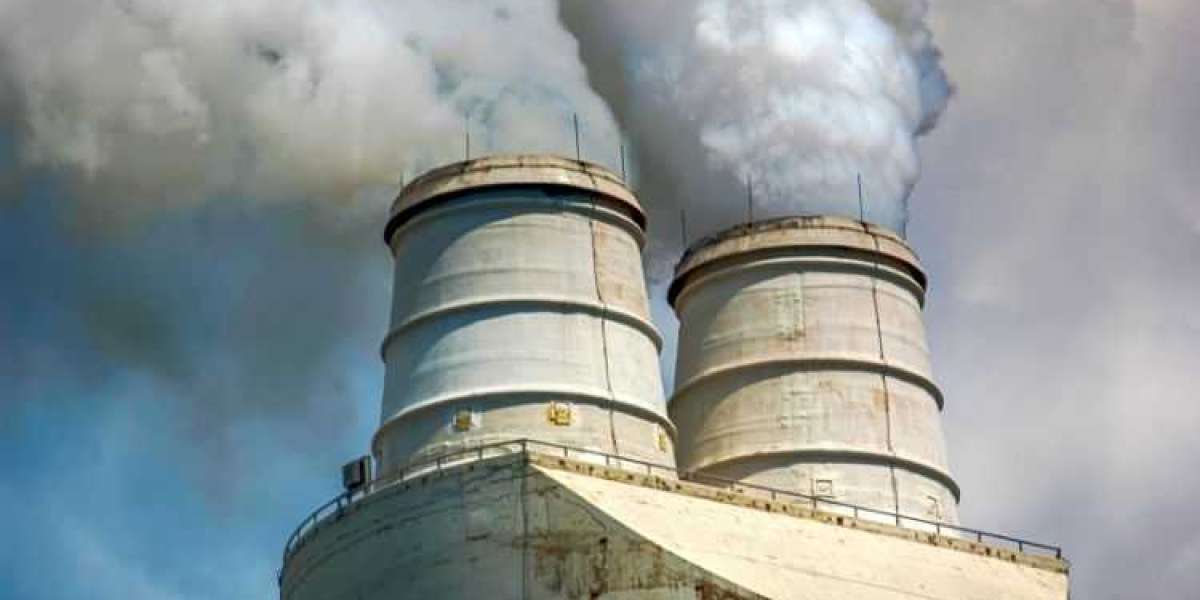The Indonesia Industrial Gases Market Size is a significant segment of the industrial sector, reflecting the country’s economic growth and industrialization efforts. With a market value of approximately USD 7.30 billion in 2021, it is poised for considerable growth. The market is projected to expand at a compound annual growth rate (CAGR) of 5.1% from 2024 to 2032, reaching about USD 9.87 billion by 2027. This article provides a comprehensive overview of the market, including its benefits, developments, driving factors, and more.
Market Overview
Industrial gases are essential for various industrial processes, including manufacturing, chemicals, metallurgy, and electronics. In Indonesia, the demand for industrial gases is driven by the country’s rapidly growing industrial sector, infrastructure development, and increasing applications in diverse industries. Key industrial gases include oxygen, nitrogen, argon, hydrogen, and carbon dioxide.
Key Benefits
- Enhanced Industrial Efficiency: Industrial gases improve operational efficiency and product quality in numerous processes, from metal fabrication to chemical production.
- Environmental Impact: The use of industrial gases like oxygen in combustion processes helps reduce emissions and improve environmental sustainability.
- Safety and Precision: Gases such as nitrogen and argon are used in controlled environments, enhancing safety and precision in manufacturing and research processes.
Key Industry Developments
- Technological Advancements: The industry has seen innovations in gas production and delivery technologies, such as advanced air separation units (ASUs) and improved gas handling systems.
- Expansion of Production Facilities: Major players are expanding their production capacities in Indonesia to meet the growing demand, with new plants and infrastructure developments.
- Sustainability Initiatives: Companies are increasingly focusing on sustainable practices, including the development of eco-friendly gas production methods and recycling of gases.
Driving Factors
- Industrial Growth: The expansion of industries such as automotive, chemical manufacturing, and electronics in Indonesia drives the demand for industrial gases.
- Infrastructure Development: Ongoing infrastructure projects, including construction and energy projects, boost the need for industrial gases.
- Technological Advancements: Innovations in gas applications and production technologies contribute to market growth.
COVID-19 Impact
The COVID-19 pandemic had a mixed impact on the Indonesia Industrial Gases Market. On one hand, the pandemic led to disruptions in supply chains and temporary shutdowns of industrial operations. On the other hand, the increased demand for medical gases, such as oxygen, due to the healthcare crisis, offset some of the negative impacts. The market has since recovered and is expected to continue growing as industrial activities normalize.
Restraining Factors
- High Production Costs: The cost of producing and transporting industrial gases can be high, affecting market growth.
- Regulatory Challenges: Stringent regulations and safety standards in the production and handling of industrial gases can pose challenges for market players.
- Environmental Concerns: The environmental impact of industrial gas production and usage is a concern, leading to regulatory scrutiny and the need for more sustainable practices.
Market Segmentation
By Type:
- Oxygen
- Nitrogen
- Argon
- Hydrogen
- Carbon Dioxide
- Others
By Application:
- Chemical Processing
- Metal Fabrication
- Electronics Manufacturing
- Food and Beverage
- Healthcare
- Others
By Distribution Mode:
- Cylinder
- Bulk
- On-site
Market Outlook
The Indonesian industrial gases market is expected to grow steadily due to the country’s industrial expansion and infrastructure development. The demand for industrial gases is anticipated to rise, driven by sectors such as manufacturing, energy, and healthcare. Market players are likely to focus on expanding their production capacities and adopting sustainable practices to capitalize on growth opportunities.
Trends
- Increased Focus on Sustainability: There is a growing emphasis on eco-friendly gas production and recycling processes.
- Rise in Medical Gas Demand: The healthcare sector's demand for gases like oxygen continues to increase, driven by ongoing health challenges.
- Technological Integration: The adoption of advanced technologies for gas production, distribution, and monitoring is on the rise.
Industry Segmentation
- Manufacturing: Includes automotive, aerospace, and general manufacturing industries.
- Chemical: Encompasses chemical processing and petrochemical industries.
- Energy: Involves power generation and renewable energy sectors.
- Healthcare: Covers medical and pharmaceutical applications.
- Food and Beverage: Includes applications in food preservation and processing.
Regional Analysis/Insights
- Java: The most industrially developed region, with significant demand for industrial gases due to its concentration of manufacturing and processing facilities.
- Sumatra: An emerging market with growing industrial activities, particularly in palm oil processing and mining.
- Kalimantan: Increasing industrialization and mining activities drive the demand for industrial gases.
- Sulawesi: Developing infrastructure and industrial projects contribute to market growth.
News
Recent news highlights include the expansion of major industrial gas companies in Indonesia and advancements in gas production technologies. The focus on sustainability and the development of new gas applications are key areas of interest.
Top Impacting Factors
- Industrial Growth: The expansion of various industries drives demand for industrial gases.
- Technological Advancements: Innovations in gas production and distribution improve efficiency and reduce costs.
- Regulatory Environment: Compliance with safety and environmental regulations affects market dynamics.
- Economic Conditions: Economic growth and industrial investments influence market growth.
Target Audience
The primary audience for the Indonesia Industrial Gases Market includes:
- Industrial gas manufacturers and suppliers
- Chemical and petrochemical companies
- Healthcare facilities and medical gas suppliers
- Food and beverage processing companies
- Energy and infrastructure developers
Major Key Players
- L’Air Liquide S.A. (Air Liquide)
- Linde plc
- Pt. Tira Austenite Tbk
- PT Aneka Gas Industri Tbk
- Air Products and Chemicals, Inc.
Opportunities
- Expansion into Emerging Markets: Growth opportunities exist in less industrially developed regions.
- Technological Innovation: Investing in advanced production and distribution technologies can drive growth.
- Sustainable Practices: Emphasizing eco-friendly practices and recycling can attract environmentally conscious customers.
Challenges
- Cost Management: High production and transportation costs can impact profitability.
- Regulatory Compliance: Adhering to stringent regulations can be challenging and costly.
- Market Competition: Intense competition among key players can affect market share and pricing.
Scope
The Indonesia Industrial Gases Market is poised for growth, driven by industrial expansion, technological advancements, and increased demand in various sectors. The market's scope includes opportunities for investment in new technologies, expansion into emerging regions, and the adoption of sustainable practices.
Read More Reports:
GCC Air Conditioner Market
Mexico 3PL Market
United States Conferences, Concert, and Event Market
Coding Bootcamp Market



